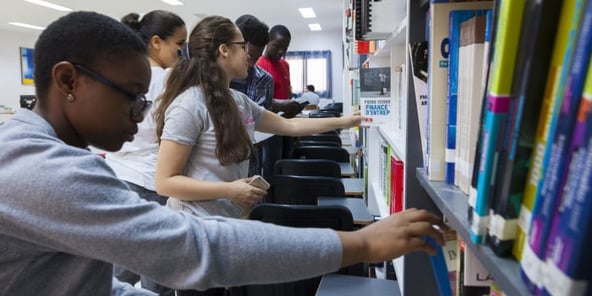NOTRE ÉCOLE
In 1947 a public meeting in Lancaster endorsed a proposal that there might be a university college established in the city. Although the idea lapsed for lack of government funding, in early 1961 it was revived by Lancashire County Council, and a Promotion Committee for a University in North-West Lancashire, chaired by Lord Derby, presented a proposal to the University Grants Committee for Lancaster to be chosen.
On 23 November 1961 an announcement was made in the House of Commons to that effect, and two bodies were set up to bring the new institution to life: an Academic Planning Board, chaired by Sir Noel Hall of Brasenose College, Oxford, and an Executive Council for the Establishment of a University at Lancaster, chaired by Sir Alfred Bates.
The founding vice-chancellor, Charles Carter, came into post on 1 April 1963, on 14 September 1964 HM the Queen approved the Charter and Statutes, and the first students were admitted in October 1964 to study for degrees that were from the outset to be conferred by the university. Teaching took place at St Leonard’s House, and students were accommodated in lodgings in Morecambe or Lancaster. HRH Princess Alexandra was installed as Chancellor in November 1964 and remained in post until December 2004. The transfer of departments from Lancaster to Bailrigg took place between 1966 and 1970, at the same time as the first four colleges were being established, enabling students to come into residence from 1968 onwards.
Our vision is to become a university that is globally significant – a leader in higher education that provides the highest quality research and teaching, and engages locally and internationally on the issues and debates of the day and future. Driven by research, and stimulating learning, the globally significant university informs and changes practice and thinking worldwide.





